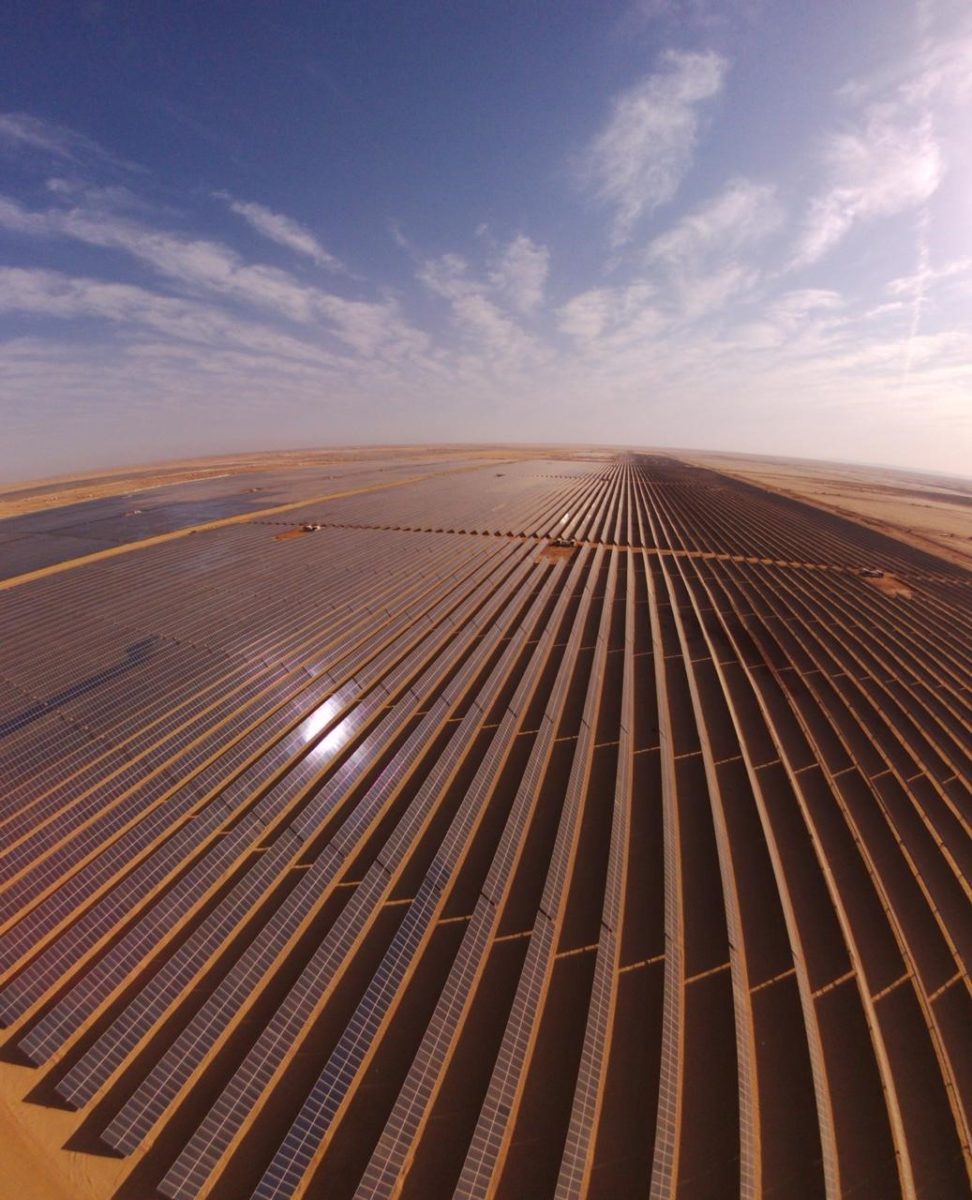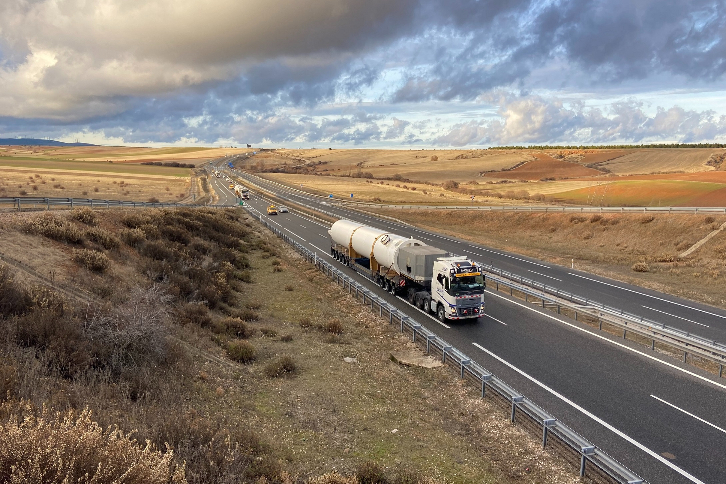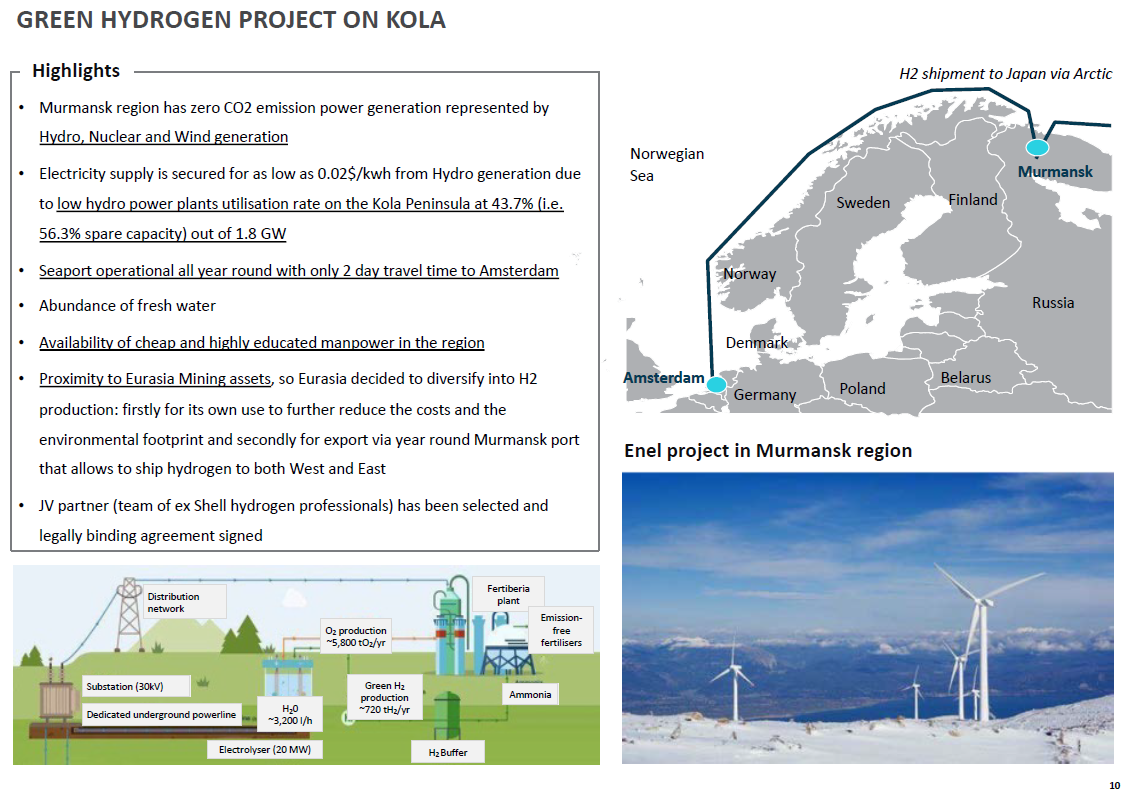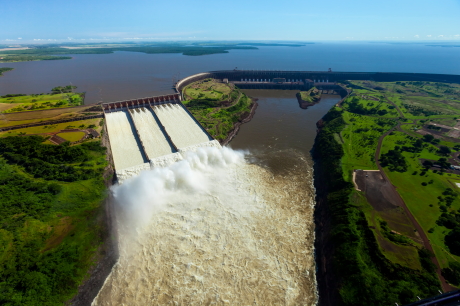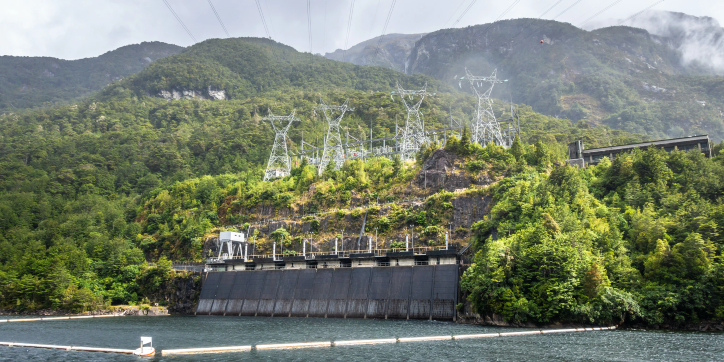Renewable ammonia opportunities in Egypt
For our December episode of Ammonia Project Features, we welcomed Alzbeta Klein (International Fertilizer Association) and Tarek Hosny (Fertiglobe). Our speakers discussed a pathway forward for Egypt’s fertilizer industry to decarbonize, presented the newly-commissioned Egypt Green Hydrogen project, and outlined the unique advantages (and challenges) of developing renewable production projects in Egypt.
